"
. Most importantly, the key delivery question remains: will Crossrail survive post 2010 if the Tories win the general election?
"
Boris's changes to the London Plan
Regeneration & Renewal, 26 October 2009
Boris Johnson has kept policies on wheelchair accessible homes and play space provision.
London's mayor has unveiled his draft strategic plan for the capital. Eleanor Young explains what the proposals will mean for transport and housing.
Earlier this month, London mayor Boris Johnson published his draft replacement London Plan. The plan is the mayor's overarching strategy, providing the spatial expression of all his other policies, including housing, transport, economic development and the environment. While it is only one tool in the mayor's development box, it is arguably the most important one. But what are the changes proposed by Johnson and what difference will they make to London's development?
The first key area is the policy approach in outer London. Last year, Johnson's manifesto included a pledge to do more for outer London. This has been followed up with a commission to examine the needs of outer London and the solutions required for that area. But close examination of the plan reveals that its policies - both for outer and inner London - are no more than useful summaries of what the plan's other policies can do for the areas in question. With the exception of making provision for more car parking spaces in some outer London town centres, there is nothing new in terms of substantive extra investment for outer London. It is unlikely that a renewed policy emphasis on its own will be sufficient for outer London. I suspect that those areas were hoping for something rather more substantial.
The second area to examine is housing. Will this new plan make a difference to the supply, affordability or quality of new homes? One proposed change is to set out minimum space standards for all new homes. This highly contentious change is welcome, although it may not survive the inevitable battle with developers at the London Plan's Examination in Public (EIP), which is due to open in December. But if the mayor is robust in fighting his corner, this policy could improve the quality of new development in London.
There are other positive proposed changes to housing policy. Johnson has, for example, retained innovative and hard-won policies on wheelchair accessible housing, the provision of play space and lifetime homes standards to ensure that properties meet the existing and changing needs of most households.
On affordable homes, the key policy for negotiating individual schemes remains the same as before: that boroughs should seek the "maximum reasonable amount" of affordable housing, taking account of a range of site specific circumstances. Unfortunately, the proposed move from a percentage-based target to a numerical one will result in a significant loss of ambition for new affordable housing at the strategic level with the target for new affordable homes being reduced by more than 10,000 over three years. Expressed in percentage terms this means aiming for ten per cent fewer affordable homes over this period. While the mayor's team says the target switch will "deliver more affordable housing", more evidence will be required to demonstrate the robustness of this claim.
With the environment, there are warm words, but there was no scope to strengthen the existing plan on green space which already enjoyed the highest level of protection from development. It is welcome that the mayor has set more stringent targets for CO2 emission reductions (I hope he has the evidence base to get this one through the EIP), and that the suite of cutting edge policies developed for the consolidated 2008 London Plan is retained. There are many helpful improvements to the drafting and presentation of policies, but worryingly, a "more flexible" approach to matters such as provision of on-site renewable energy might lead to a reduction in delivery as struggling developers manage to wriggle off the flexible policy hooks.
In transport terms, the picture is mixed. On rail, there are no new specific proposals, although unspecified "further capacity increases" are proposed for all areas of London. Unfortunately, there is nothing new proposed for outer London in terms of tram, Docklands Light Railway or bus networks over and above the existing plan, despite the new policy emphasis. Central London is expected to be the overwhelming beneficiary of new cycling, public realm and walking schemes. And while new proposals are included for pedestrian bridges over the river Thames in central London, in outer east London anyone wishing to cross the river (on a bike, on foot or even by car) must wait for a ferry to take them - sometime after 2018. Most importantly, the key delivery question remains: will Crossrail survive post 2010 if the Tories win the general election?
Overall, there is much to be welcomed in the draft London Plan. It is shorter than the current one, is even easier to read and retains much of the established policy approach. It contains some vital policies on securing Olympic legacy and requiring new space standards for homes. However, it also includes changes that are less positive, particularly to do with the reduction in the strategic ambition for affordable housing and the lack of new transport provision to support Greater London's continued expected growth. But it is not what the plan says that matters most, it is how it is implemented. London can continue to thrive and can improve if the previous decade of investment continues.
So have things really changed under Johnson? The answer is that there is as much rhetoric as reality, and, while there are some important changes proposed, much of the strategic policy for London will remain the same, with the crucial questions relating, as ever, to implementation, rather than policy-making.
- Consultation Draft Replacement London Plan is available via www.regen.net/doc
- Eleanor Young is an associate director at Navigant Consulting and was senior policy adviser for planning and development for former London mayor Ken Livingstone.
Monday, October 26, 2009
Subscribe to:
Post Comments (Atom)







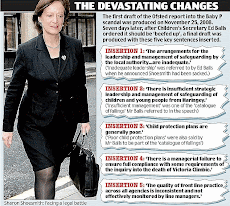


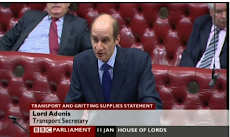





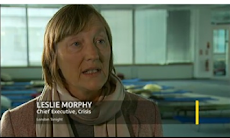






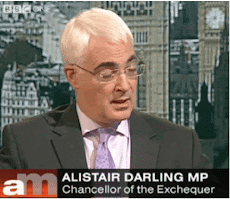












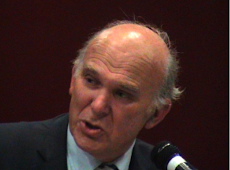






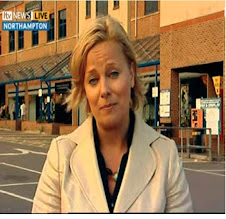






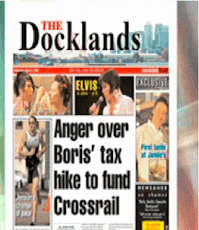







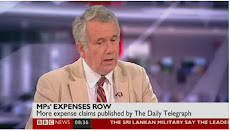




No comments:
Post a Comment